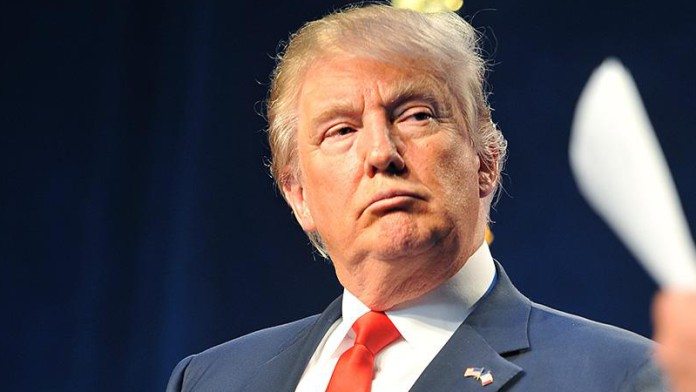
ANALYSTS are puzzling over the extent to which US president-elect, Donald Trump, has helped stimulate the world’s commodity markets further following a somewhat vague reference in his presidential campaign to invest in US infrastructrure and lower taxes.
He referred to a $1 trillion, 10-year investment plan, but that remains the only indication of the scale of his plans for a possible stimulus package which, according to some analysts, is not enough to really boost global metals demand.
One idea, however, is that the continued improvement in the price of copper, iron ore and thermal and metallurgical coal may more to do with actual Chinese infrastructure spend rather than the promised spend in the US.
“It is tempting to blame the sharp post-election rally in industrial metals prices on President-elect Trump’s platform of lower taxation and higher public spending on infrastructure,” said Goldman Sachs in a recent report.
“Instead, we would argue this rally was a continuation of a reflation trend put in place at the start of 2016 by the Chinese through credit stimulus aimed at infrastructure projects and policy driven curtailments in coal where they have 50% of global production,” it said.
“Although this was policy driven and a Trump victory increases the odds of further fiscal policy stimulus, these policy actions all act as a tailwind on a US economyin the later stages of a business cycle pushing near capacity,” it added.
On a year-on-year basis, the copper price is 25.5% higher whilst metallurgical coal is 303% higher. Zinc, aluminium and nickel are 77%, 14.3% and 24.7% higher respectively. Iron ore is up 95.8% year-on-year.
Other analysts are more sanguine, if somewhat qualified, about their views on Trump’s election.
According to Bank of America Merrill Lynch, the Trump campaign trail – which also talked about restricting global trade which would “do a lot of damage to the cyclical metals” – nonetheless looks to increase the chances of fiscal stimulus, especially on US infrastructure.
But the outcome is uncertain. “We note that trade and fiscal policy could have a longer lasting influence on the sector, but there is a host of factors that may have a more imminent impact on prices including the uncertainty in the coming weeks,” said Bank of America Merrill Lynch.
Said Macquarie Bank: “Apart from a reference in his acceptance speech to his plan to increase infrastructure investment spending, there has been little further detail in the two weeks since the election of Mr Trump.
“Metals and mining shares globally have continued to benefit, especially steel producers with US operators. While we don’t expect detailed plans until well into the new presidency, in the short term we think the positive momentum will continue,” it said.
There’s also Trump’s comments regarding plans to scrap a nuclear deal with Iran and reintroduce sanctions. Were this to take place, it would become difficult for Iran to attract the foreign investment required to expand its industry.
“Opec is undoubtedly in a race against the clock to come up with a workable solution,” said head of commodity strategy at Saxo Bank, Ole Hansen. “Given the negativitiy currently hanging ovr the market [in oil], any failure to deliver a robust deal carries the risk of sending oil back below $40 a barrel.
Most surprising about the election of Trump was the way gold behaved. It whipsawed roughly $60 per ounce during the 24 hours of his election surging to above $1,300/oz before retreating. It is now around $1,174/oz.
The concern with gold is that there’s a risk that the recent accumulation in exchange traded funds in gold may be heading for significant liquidation, according to Goldman Sachs. In the three months ended September, gold investment demand increased 44% taking annual gains to 751 tonnes, equal to total investment of $97bn, according to the World Gold Council.
Goldman Sachs thinks the vast bulk of this year’s ETF build is losing money at current prices. “If half of this was unwound this would result in a $60/oz sell-off in the gold price,” it said.










